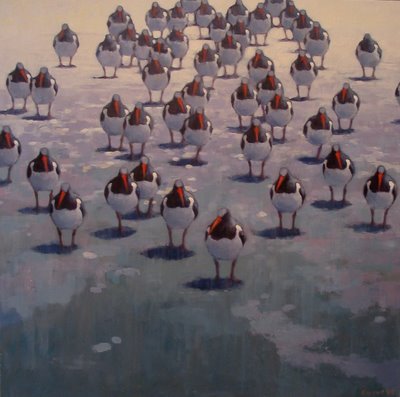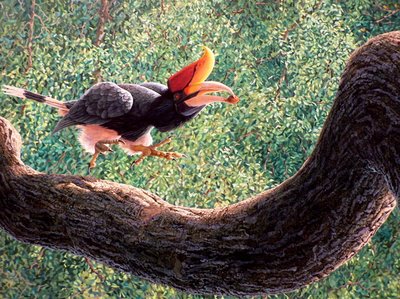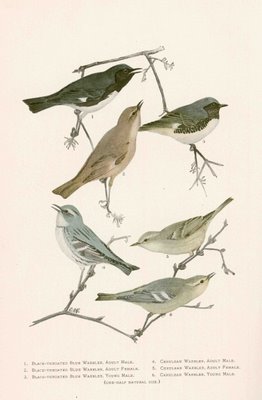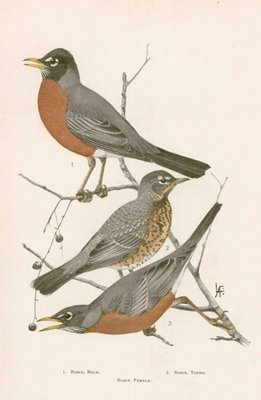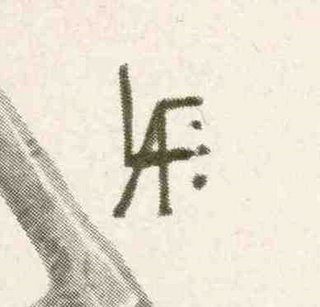
Browsing in the library a few days ago I found a small book called Bird Illustrators by C. E. Jackson. The book wasn't striking upon initial inspection (lacking a full compliment of color reproductions). Where it excels though is in the wealth of biographical information on many of the pioneers of the 16th and 17th century natural history illustration. As I leafed through, spotting a few notable names like John Gould, Edward Lear and Archibald Thorburn, I found a chapter on an artist that really caught my attention, John Gerard Keulemans. I first spotted the work of Keulemans a few years ago in a short paper from 1880 in the proceedings of the Zoological Society of London. When I sought out the paper I was on a quest to find out as much as I could about a particular species of Cotinga. I'm occasionally caught by the bug of a particular bird which I can't seem to get out of my system until I've tracked down as many resources as I can. Trekking down the literature trail, collecting as you go can be a really fun excercise, especially these days when so many ornithological resources are available for free from places like
SORA and
OWL.
In this case the bird under my spotlight was the Shrike-like Cotinga (Laniisoma elegans). Intrigued by the bird itself, a beautiful and striking species, (check out this specimen in the American Museum of Natural History that I photographed last year).

I was further spurned on by listening to Ted Parker's recording of the bird from the 1980's. The bird has a fantastic, ethereal voice, is hard to find and relatively poorly known.
Poking into the literature, I located that early reference for the 1880 paper by Sclater and Salvin titled 'On new Birds collected by Mr. C. Buckley in Eastern Ecuador'. In it, I found this fantastic plate by Keulemans (at the very top of the post). In the paper, details of Buckley's experience with this species are scant, but perhaps the most intriguing piece involves the discovery and collection of two nestlings with the female adult. Of the nestlings he writes, "The plumage is most remarkable: the upper surface including the whole of the head is of a cinnamon color spotted with black, each black spot on the head being tipped with white; the under surface is black, banded with narrow white bars. From the top of the head proceed fine black filaments more than an inch long, each tipped with white." All of this excellently depicted in the lithograph. The coolest part of the story is that the nest and nestlings of this species have never again been found for reexamination and the specific purpose of the extremely long natal plumes in nestlings are still unknown.
Lastly here is a great plate from David Snow's monograph 'The Cotingas' showing the same view of a chick and adults.








































